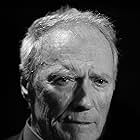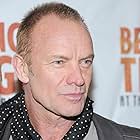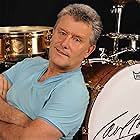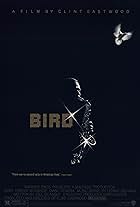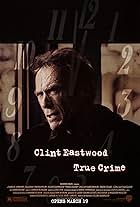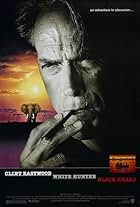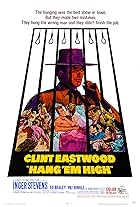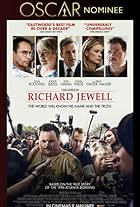The title of the film directed by Bruce Ricker and produced by Clint Eastwood is inspired by one of the most famous pieces composed by Dave Brubeck (here is on a recording in 1964, with his quartet including preferred saxophonist partner and friend Paul Desmond). It is also a defining story line which is followed with off-voice commentaries in a rather conventional and chronological manner, but gets enriched at each stop by a rich and significant melt of interviews made by the musician during his long career with media figures like Walter Cronkite, and commentaries on the music of Brubeck by experts and artists like Yo-Yo Ma or Sting, and most than all the music itself. Archived clips take us from the music of the debut years to the 2007 Newport festival concert, and then some music played specially for this film.
This is the story of a fabulous life, which started in California, continued on the European second world war theaters where his talent is quickly discovered and put to the service on entertaining and raising the moral of the troops and the formal musical studies with Darius Milhaud. The 50s brought him the recognition, the formation of the famous Dave Brubeck Quartet which would accompany him for almost two decades and fame, as jazz was entering mainstream and Brubeck was the first musician in the genre who made the cover of TIME Magazine in 1954. He was also a breakthrough artist in what concerns the penetration of jazz in the popular music attention and hit parades. Take Five for example was recorded in 1961 and made it to the top in many countries around the world.
Brubeck was also part of the first generation of 'Jazz Ambassadors' program initiated in 1958 by the State Department, which took the best American jazz musicians in tours world-wide making them known one of the most original forms of art brought to the world by America. These tours also were a great opportunity for the musicians to be exposed to the music played in other countries and continents. From that period he drew inspiration for pieces like Blue Rondo a la Turk recorded in 1962, this was fusion before the word was applied at all in the musical field.
One of the final scenes is at an award ceremony at the Kennedy Center in 2009, honored by some of the finest musicians that America has, including his sons. This comes by the end of one of the best music documentaries that I have seen lately, the portrait of an artist whose whole life is music, who loves music and makes people who see and listen to him love it.

